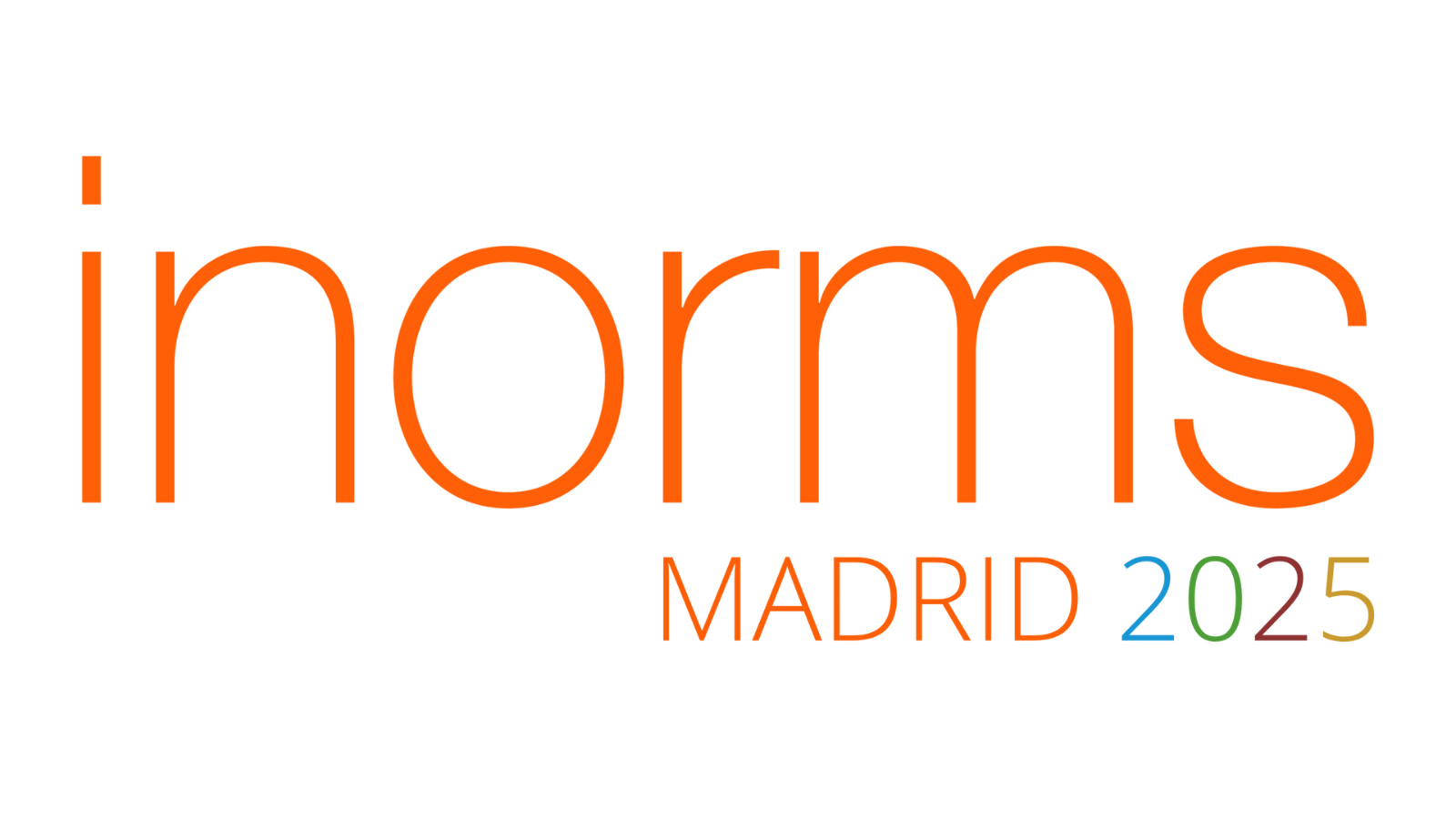A tool for managing complexity in research project
A Stacey Matrix Approach adapted for Project Management in Academia – could it work?
Conference
Format: Oral 20 Minutes
Topic: 5. Proposal, Award and Project Management
Abstract
Project management practices in academia differ from those in other sectors: Academic beyond-state-of-art research is by nature exploratory and high-risk, with its distinct approach to objectives, methodologies, finance, timelines, collaboration and impact pathways. Management methods such as Agile, Kanban, Scrum or Lean designed for risky, complex projects cater for the needs and assumptions of tech industries and businesses, however, they may not be directly transferable to academic projects. For research projects, there is no standardized approach to project management practices tailored specifically to the academic context and needs, leaving it up to the project leader and their teams to find their way.
While academic research is usually complex, the sources of complexity are very different in, e.g., ERC projects compared to collaborative research actions, which need to be accounted for. We propose to adapt the Ralph Douglas Stacey matrix model into a novel tool for visualizing, untangling and classifying complexity in research projects, based on the level of uncertainty and team agreement.
The authors have long experience in different industrial project management types in both large and small tech-heavy companies, in addition to research experience at higher education institutions.
Outcomes: Introduction of the adapted Stacey Matrix as a simple tool for understanding complexity and risks in research projects, empowering PIs and RMAs to devise appropriate management and mitigation strategies. Relevant throughout the project lifecycle, for leaders and advisors.

